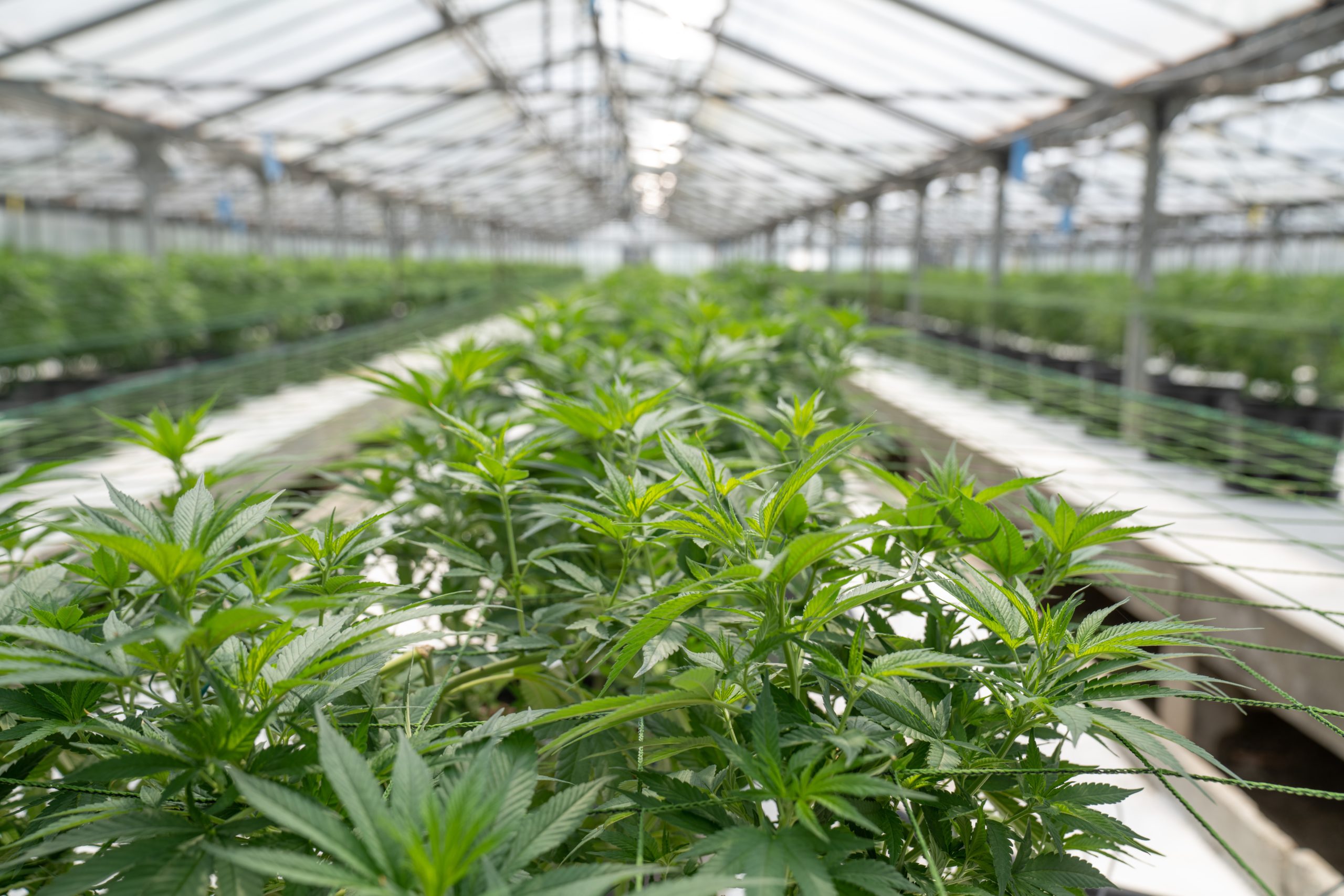From Coast to Crop: Exploring Sustainable Techniques in Coastal Cannabis Farming
Coastal regions offer unique challenges and opportunities for cannabis cultivation. In the quest for sustainability, the spotlight is on From Coast to Crop: Exploring Sustainable Techniques in Coastal Cannabis Farming. This article unveils groundbreaking approaches that harmonize cannabis farming with the fragile coastal environment.
Sustainable Cannabis Farming by the Coast
The allure of coastal landscapes and the burgeoning cannabis industry converge in the realm of sustainable cultivation. Discover how forward-thinking methods are shaping the future of cannabis farming along our shores.
Intelligent Water Management: Nurturing with Precision
In coastal cannabis farming, water is a precious resource. Intelligent water management systems employ real-time data to deliver precise amounts of water to plants. By avoiding waste and ensuring optimal hydration, these systems reduce the strain on coastal water sources.
Harvesting Renewable Energy: Empowering Sustainability
Coastal areas are blessed with abundant sunlight and wind. By harnessing these renewable resources through solar panels and wind turbines, cannabis farms can drastically cut carbon emissions. This integration of clean energy sources ensures a brighter future for both cannabis farming and coastal ecosystems.
Vertical Farming Innovations: Reaching New Heights
Coastal regions often face land limitations, making vertical farming a viable solution. This technique stacks plants vertically, optimizing space utilization. Vertical farming conserves land, requires fewer resources, and ensures year-round cultivation, all while minimizing the impact on coastal landscapes.
Circular Systems: Balancing the Equation
Circular systems are the heart of sustainable coastal cannabis farming. These closed-loop setups recycle water, nutrients, and organic materials, creating a self-sustaining cycle. By minimizing waste and external inputs, cannabis cultivation becomes not only efficient but also environmentally responsible.
Eco-Friendly Packaging: Sustaining Beyond the Fields
Sustainability extends from cultivation to packaging. Eco-friendly packaging solutions, such as biodegradable materials, minimize plastic waste and align with the principles of coastal conservation. This commitment to sustainable packaging supports the health of both consumers and the environment.
Community Integration: Nurturing Relations
Cannabis farming along the coast isn’t just about the crop—it’s about the community. Engaging with local residents fosters positive relationships and mutual understanding. This integration ensures that cannabis cultivation benefits not only the industry but also the coastal ecosystem and its inhabitants.
Data-Driven Precision: Cultivating Insights
Data-driven cultivation practices optimize resource allocation and enhance crop health. Cutting-edge analytics and machine learning empower cultivators to make informed decisions. By minimizing resource wastage and maximizing efficiency, coastal cannabis farming becomes a beacon of sustainable innovation.
Regenerative Agriculture: Healing the Coast
Regenerative agriculture prioritizes soil health and ecosystem restoration. By mirroring nature’s processes, cannabis cultivators can contribute to the overall health of coastal environments. This approach nurtures the land, reduces erosion, and fosters a sustainable cycle of cultivation and rejuvenation.
Climate-Resilient Strains: Adapting for Success
Coastal climates can be volatile due to climate change. Climate-resilient cannabis strains are bred to withstand these conditions, minimizing the need for resource-intensive interventions. By cultivating resilient strains, coastal farmers ensure consistent yields while promoting sustainability.
Greenhouse Innovations: Controlled Growth, Minimized Impact
Greenhouses offer a controlled environment shielding cannabis from coastal weather extremes. These structures optimize sunlight exposure while safeguarding plants from harsh conditions. By fine-tuning the growing environment, coastal cannabis cultivators maximize yields while leaving a smaller ecological footprint.
Marine Inspiration: Learning from the Sea
Coastal cannabis farming can draw inspiration from marine ecosystems. Techniques like aquaponics and seaweed cultivation offer insights into sustainable nutrient cycling. By emulating these natural processes, the cannabis industry can develop practices that coexist harmoniously with coastal environments.
FAQs
Q: Can cannabis farming along the coast be sustainable?
A: Yes, innovative techniques allow cannabis farming while preserving the coastal ecosystem.
Q: How does vertical farming contribute to sustainability?
A: Vertical farming conserves land, requires fewer resources, and enables year-round cultivation in coastal regions.
Q: Is renewable energy integration practical for coastal cannabis farming?
A: Absolutely, harnessing solar and wind power reduces the carbon footprint and secures a sustainable energy source.
Q: How do closed-loop systems benefit coastal cannabis farming?
A: Closed-loop systems minimize waste by recycling water, nutrients, and materials, promoting sustainable practices.
Q: Can eco-friendly packaging be adopted in cannabis cultivation?
A: Certainly, eco-friendly packaging minimizes plastic waste and aligns with the principles of sustainability, benefiting both the cannabis industry and the coastal environment.
Q: How does community integration impact coastal cannabis farming?
A: Engaging with local communities fosters positive relationships and ensures that cannabis cultivation benefits both cultivators and the coastal ecosystem.
Conclusion
From Coast to Crop: Exploring Sustainable Techniques in Coastal Cannabis Farming represents a pivotal shift in the cannabis industry. By embracing sustainable innovations, coastal cultivators demonstrate their commitment to both crop production and the protection of the delicate coastal ecosystem. This journey of harmony between land and sea is a testament to the potential of sustainable cannabis farming.

